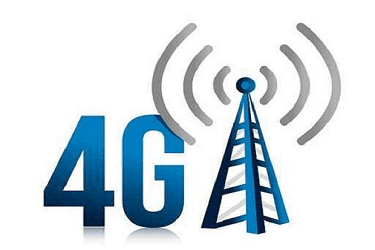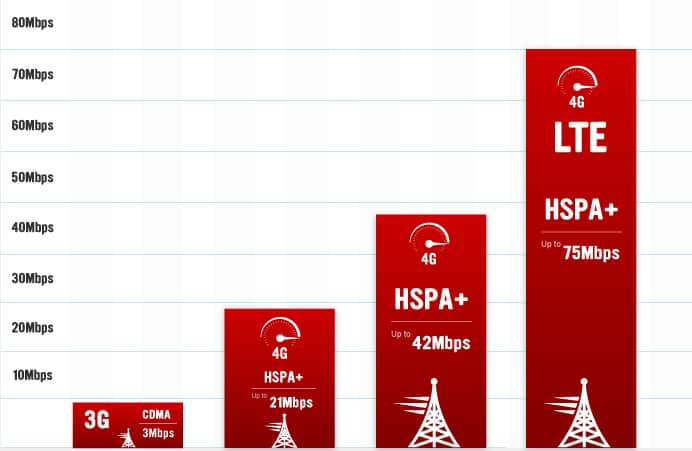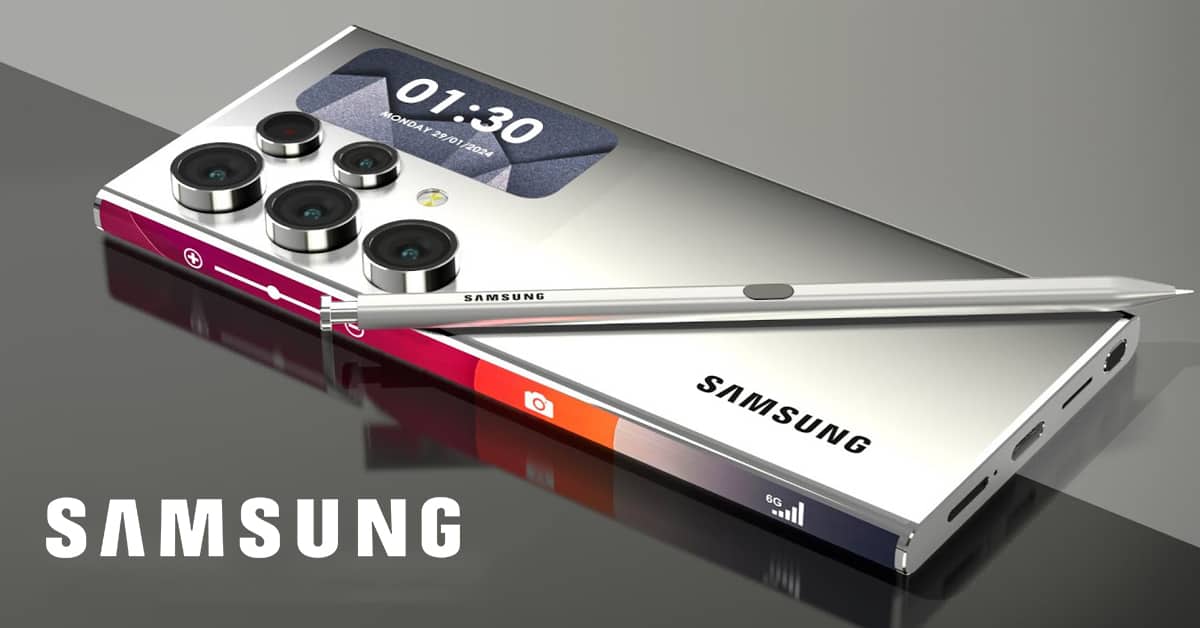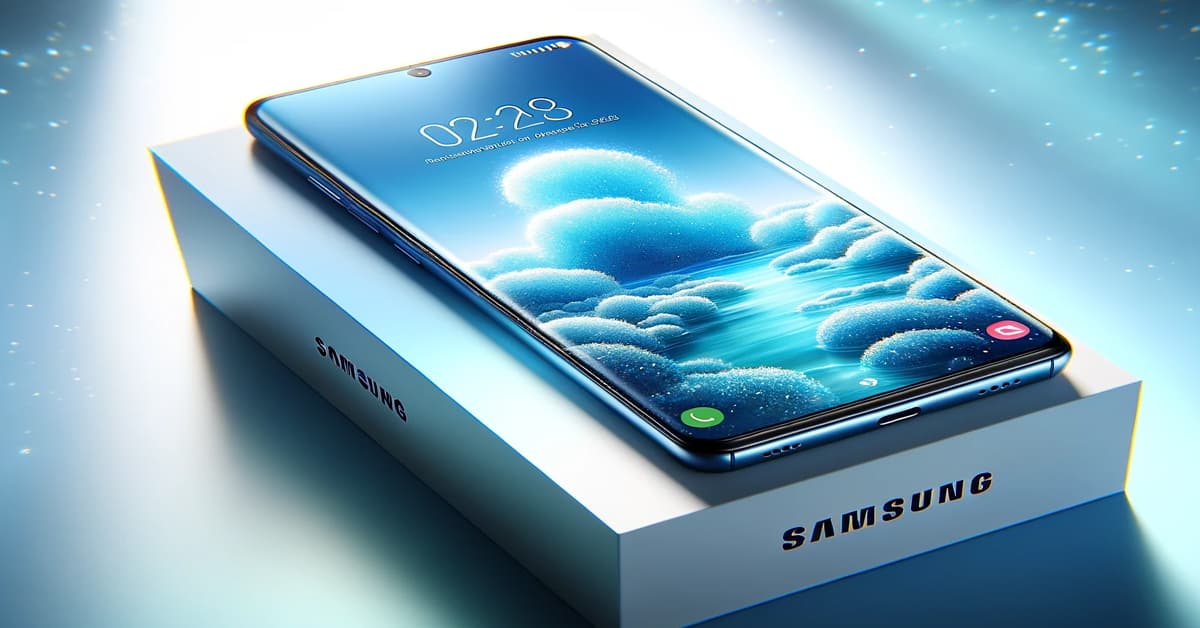4G vs 4G LTE : The differences
4G is the fourth generation of data transfer technology. On smartphone nowadays, you’ll also find a 4G LTE connectivity. So, what are differences between these technologies? Let’s find the answer in the battle of 4G vs 4G LTE
4G vs 4G LTE : The differences
First, let’s talk about the 4G connectivity. In March 2008, ITU-R has set 4G’s standards, including the speed standard. Specifically, on mobile devices such as smartphones or tablets, the required connection speed is at least 100 Mbps (Megabits per second). For mobile hotspots, the required speed is at least 1 gigabit per second. If a connectivity reaches those speed standards, it will be called 4G. If not, that could be called 3G or 2G connectivity. These standards aren’t popular in the world, thus, many people still mistake 4G from 3G.
Now, let’s see what is the 4G LTE. LTE is short of Long Term Evolution. This is a technology which is built to support the 4G. Actually, sometimes your smartphone can’t reach 4G’s standard speed even when it view 4G symbol on the screen. That’s why LTE comes. This technology is used for getting the standard speed of the 4G connectivity. That means the 4G LTE isn’t the next-generation of the 4G connectivity like many of you think. 
So, what are differences between 4G and 4G LTE networks? Surprisingly, the speeds of these technologies are the same! The difference between 4G and 4G LTE is the stabilisation. The LTE technology makes the 4G network more stable. However, the 4G LTE requires more resources than its the 4G network.
4G vs 4G LTE: Conclusion
Those are some differences between 4G and 4G LTE. With LTE technology, the 4G connectivity on your smartphone will be more stable. However, you must accept that sometimes your device can’t reach the standard speed of 4G.






